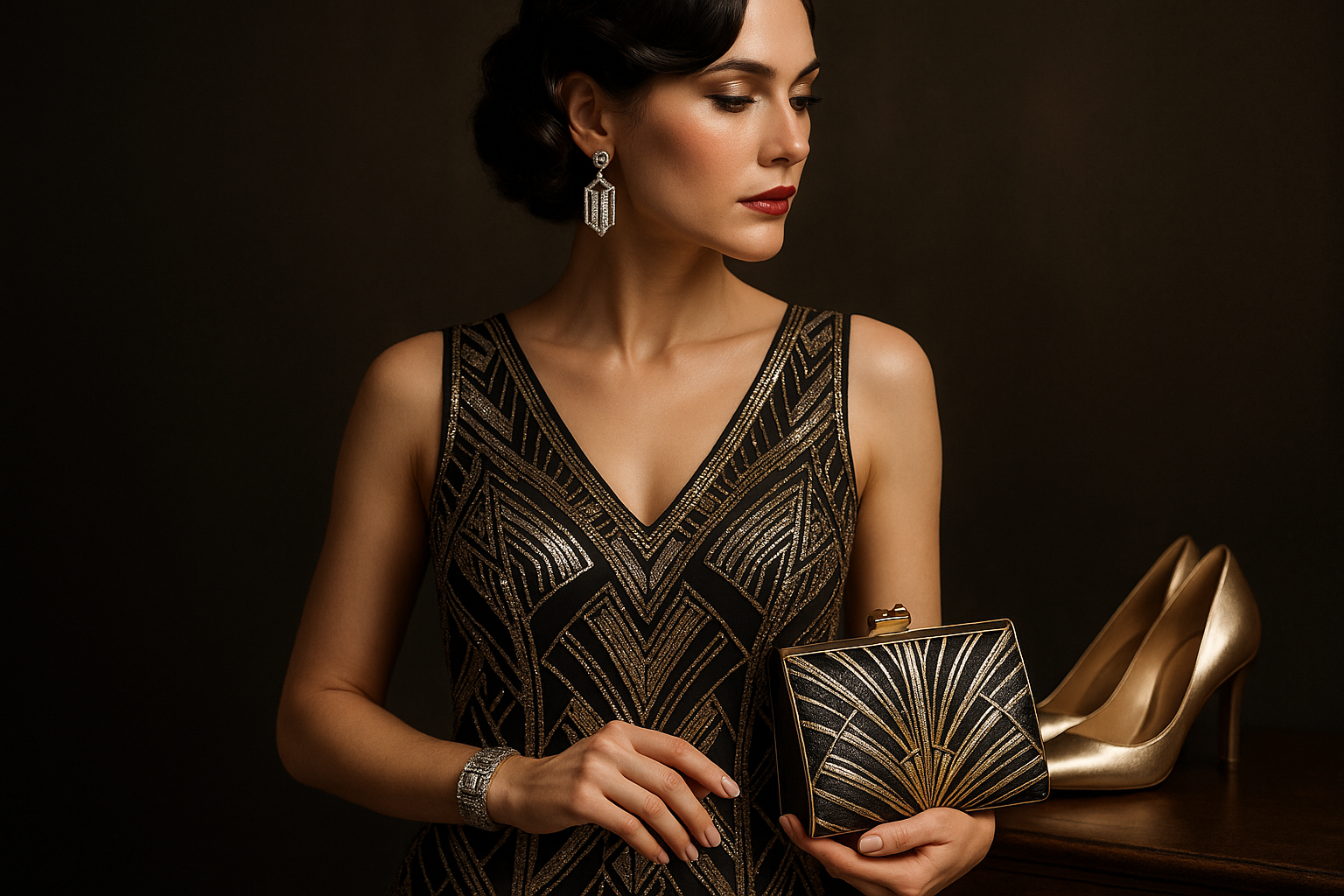Special Occasion Gowns for Women: A Practical Guide to Choosing, Fitting, and Styling
Choosing a special occasion gown involves more than picking a pretty dress. Between dress codes, silhouettes, fabrics, and the right alterations, it’s easy to feel overwhelmed. This guide breaks down the essentials so you can evaluate options confidently, prioritize comfort, and style your look in a way that suits both the event and your personal taste.

Selecting a gown for a wedding, gala, awards night, or cultural celebration can feel complex because style, etiquette, and practicality intersect. The right dress aligns with the event’s tone, fits your body comfortably, and reflects your personality without overshadowing the occasion. By understanding the signals sent by dress codes, knowing which silhouettes complement your proportions, and paying attention to fabric behavior and tailoring, you can make a thoughtful choice that looks elegant in person and in photos.
Understanding dress codes and event types
Dress codes help set expectations for formality and styling. Black tie usually calls for a floor-length gown or a polished midi with formal accessories. White tie is the most formal, favoring full-length gowns, refined fabrics, and restrained embellishment. Cocktail attire invites knee-length or midi dresses with a sophisticated finish. Semi-formal and festive dress codes allow a bit more creativity in color and detail, while still aiming for a polished look. For cultural or religious ceremonies, consider modesty norms, covered shoulders, or specific colors; when in doubt, check the invitation or ask the host for guidance.
Choosing the right silhouette for your body shape
Silhouette affects balance and proportion more than size alone. A-line and fit-and-flare gowns create gentle structure and are widely flattering by defining the waist and skimming the hips. Column or sheath styles deliver a streamlined look; they work well with fluid fabrics but may require precise tailoring. Mermaid and trumpet silhouettes emphasize curves by hugging the body through the waist and hips before flaring at the knee. Empire waistlines elongate the frame and can feel comfortable for long events. If you prefer a flexible option, look for dresses with adjustable straps, supportive bodices, or built-in corsetry that can be fine-tuned during alterations.
Selecting fabric, color, and embellishments
Fabric influences movement, comfort, and how a gown photographs. Satin and mikado offer structure and a subtle sheen; they hold shape well for architectural silhouettes. Chiffon and georgette drape softly and add graceful motion, ideal for A-line or empire cuts. Crepe provides clean lines and a matte finish, minimizing glare in bright lighting. Tulle and organza add volume without heavy weight. When choosing color, consider the venue, time of day, and any cultural or bridal etiquette (for example, avoid white or ivory at many weddings). Embellishments like beading, sequins, or embroidery add texture and sparkle but can increase weight; place detail strategically at the neckline, waist, or hem to draw the eye where you want it.
Fit, alterations, and comfort tips
A great gown looks tailored to you. Plan for alterations, especially hem length, strap adjustments, and taking in or letting out seams at the bodice or waist. Bring your event shoes and undergarments to fittings so the hem and bodice are set accurately. If support is a priority, consider built-in cups or a boned bodice, but ensure you can breathe, sit, and dance without strain. Pay attention to closures; invisible zippers should glide smoothly, and hook-and-eye fastenings should lie flat. Manage comfort with lightweight linings, breathable fabrics, and seam finishes that reduce friction. A protective garment bag and wrinkle-release spray help keep the dress presentation-ready from transport to event.
Styling, accessories, and garment care
Accessories complete the look while keeping proportions balanced. If your gown features an ornate neckline or sleeves, opt for understated jewelry and let the dress lead. For simpler gowns, introduce interest with a statement earring or cuff. Choose a clutch sized for essentials, and coordinate metals across jewelry and hardware for cohesion. Heels can change posture and hem behavior; if you prefer flats or block heels for comfort, adjust the hem accordingly. For hair and makeup, echo the gown’s mood—sleek for structured silhouettes, softer textures for flowing styles. After the event, spot-treat any marks before dry cleaning. Store your gown on a padded hanger or in acid-free tissue and a breathable garment bag; if the dress is heavily embellished, consider flat storage to relieve stress on seams.
Conclusion A thoughtful gown choice balances event expectations, body proportion, fabric performance, and practical comfort. With clear guidance on dress codes, silhouette, material selection, tailoring, and accessories, you can assemble a look that feels polished and personal while staying appropriate for the occasion and comfortable throughout the event.




